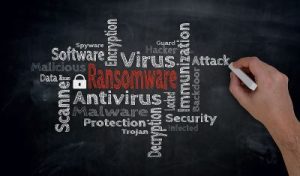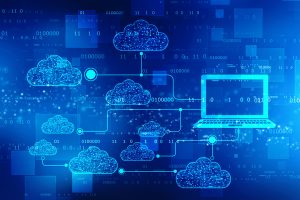
The mission of the Department of Homeland Security (DHS) is to "secure the nation from the many threats we face." An underlooked key to this statement is the word "many." Agencies under the Department are responsible for managing our borders, protecting the nation from cyber and physical threats, and supporting recovery from natural disasters and cyber attacks. To meet this mission, DHS has been embracing innovative approaches and emerging technology to supplement the efforts of the workforce charged with meeting these varied threats.
The DHS Innovation, Research & Development Strategic Plan laid out eight scientific areas as focal points for research to support national security:
- Advanced sensing
- AI and autonomous systems
- Biotechnology
- Climate change
- Communications and networking
- Cybersecurity
- Data integration, analytics, modeling, and simulation
- Digital identity and trust
As part of its work in each of these areas, DHS will be researching how emerging technology can support mission efforts as well as the risks technology poses to national security. In this blog, we'll take a look at the activity in a couple of these areas. Continue reading



 Today's organizations know that stopping 100% of cyber-attacks is not a realistic goal. Rather, the focus has shifted to
Today's organizations know that stopping 100% of cyber-attacks is not a realistic goal. Rather, the focus has shifted to  Data helps organizations make more informed decisions about how they serve their customers. Data informs policy and procedures and feeds more personalized interaction with people. But with great power comes vast responsibility. The data that organizations hold can be incredibly personal. It's more than just someone's social security number. It is information about where people live, work, shop, keep their money, get their news, and more. Individuals should have control over who knows this information and, if they do have it, how they use it. However, most of us do little to understand our privacy rights beyond blindly clicking a checkbox that allows sites to collect information about our activities.
Data helps organizations make more informed decisions about how they serve their customers. Data informs policy and procedures and feeds more personalized interaction with people. But with great power comes vast responsibility. The data that organizations hold can be incredibly personal. It's more than just someone's social security number. It is information about where people live, work, shop, keep their money, get their news, and more. Individuals should have control over who knows this information and, if they do have it, how they use it. However, most of us do little to understand our privacy rights beyond blindly clicking a checkbox that allows sites to collect information about our activities.
